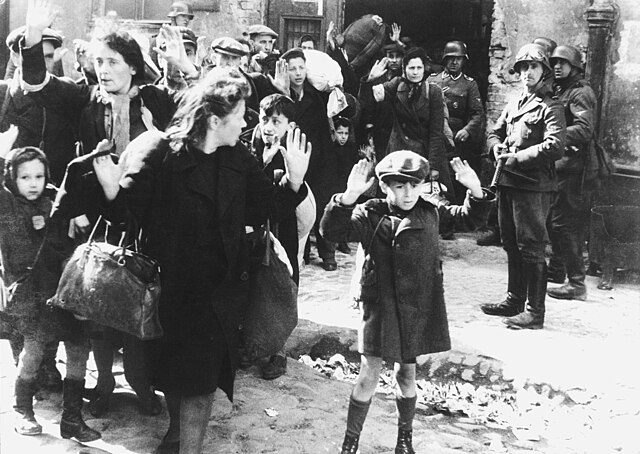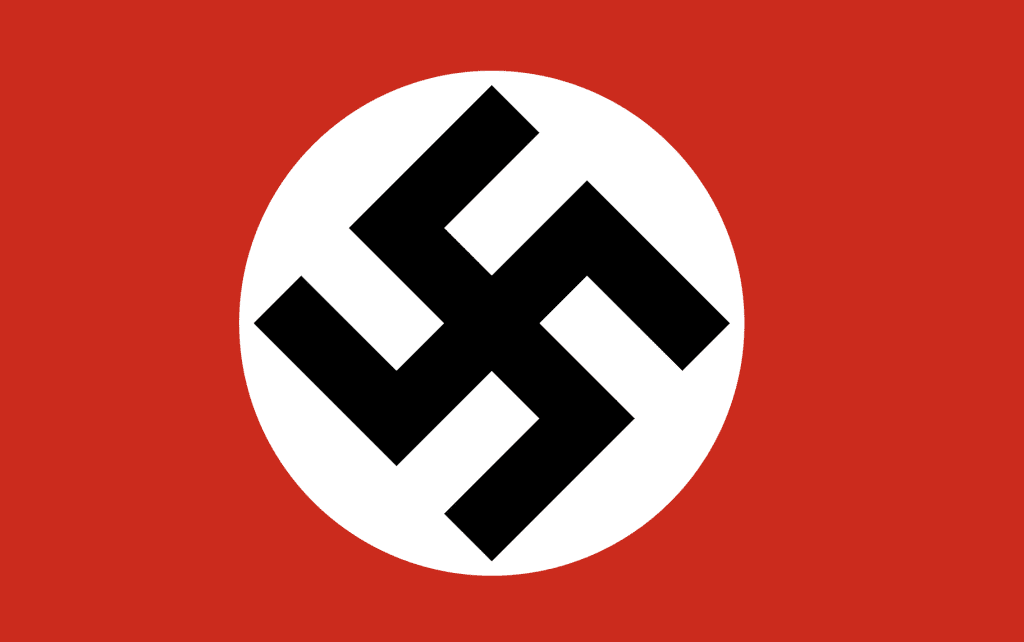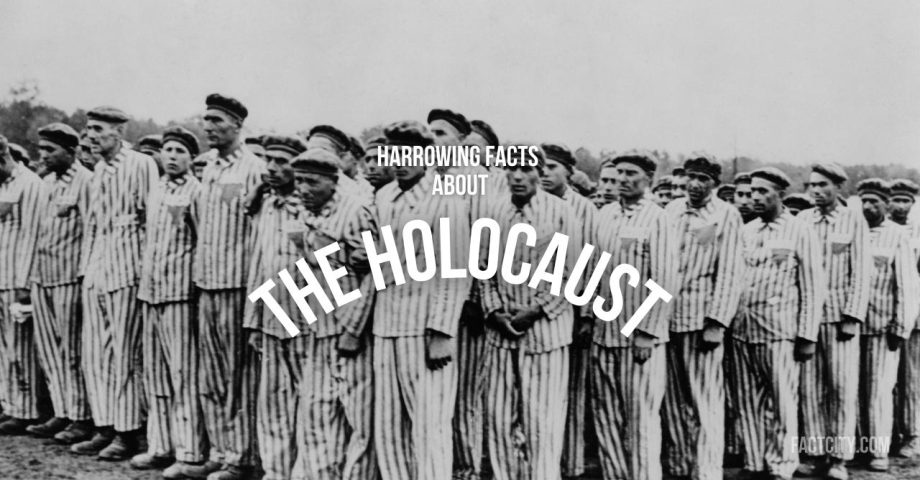9 Harrowing Facts about the Holocaust
The Holocaust was a devastating period of history during which Nazi Germany persecuted and slaughtered Jewish and ethnic families over a four-year period. While the atrocities at ‘concentration camps’ such as Auschwitz occurred decades ago, we must never forget the lessons learned from such a horrific period. Here are nine important facts about the Holocaust.
1. The Holocaust took place less than a century ago – and some survivors are still alive today.
The Holocaust occurred during World War II, from 1941 to 1945, in German-occupied Europe and parts of North Africa. It’s hard to believe that such atrocities took place within such a close time frame – and that the youngest survivors of Auschwitz were interviewed as recently as 2020.
2. The word “Holocaust” has a fiery meaning.
You may have wondered where the term “Holocaust” actually came from. It came from the Greek word “holokauston,” meaning “sacrifice by fire.”
3. Millions of innocent people, children included. died during the Holocaust.
Around six million Jewish, including one million children, were murdered during the Holocaust. That accounted for about two-thirds of the Jewish population in Europe at the time.

“Warsaw Ghetto Uprising” or Mit Gewalt aus Bunkern hervorgeholt
4. Multiple ethnic groups were targeted as part of Adolf Hitler’s regime to “cleanse” Germany and push forward his concept of a blonde-haired, blue-eyed, “Aryan” race.
The Holocaust impacted Jewish people, Romani people, disabled individuals, Polish people, Soviet POWs, and others deemed “undesirable by the Nazis” – and they were all targeted for extermination.
5. The Nazis murdered Holocaust victims in many ways, across at least 23 main “concentration” camps.
The Nazis implemented their systematic genocide through multiple ways of murder. These included mass shootings, forced labor, and extermination camps, the most infamous being Auschwitz, Sobibor, Treblinka, and Majdanek (across an assumed total of 23 major camps).
6. Jewish people were isolated from other countries who refused to accept refugees.
Many Jews and other persecuted individuals tried to flee Europe, but few countries were willing to accept refugees during the war, resulting in thousands who died as diaspora.. Some even aided the Nazis in hunting them down. It’s thought the US, Canada, and Cuba all turned away refugee boats as late as 1938.
7. “Concentration” camps became hallmarks of the Nazis’ monstrousness.
“Concentration” camps were established by the Nazis to imprison and exploit those deemed enemies of the state. Conditions in these camps were deplorable, and many prisoners died from starvation, disease, and exhaustion. No one is certain how many died within these camps, but it’s thought at least 11 million people – including six million European Jews – died during the Holocaust, total.
8. The Nazis kept their genocide running through precise state propaganda.
The Nazis used propaganda to dehumanize and demonize Jews and other targeted groups. This helped to create a national environment of mass persecution and encouraged many to join in.
9. The Nuremberg Race Laws were implemented before World War II began.
Nazi Germany’s Nuremberg Laws were introduced in 1935. They stripped German Jews of their citizenships and further prohibited marriage or sexual relations between Jewish and German people. They would eventually be used to prop up mass extermination by 1941.

FAQs about the Holocaust
Why were the Jews targeted during the Holocaust?
The hatred of Jews, also known as antisemitism, existed long before World War II in Europe. In fact, it stemmed as far back as the early Christian church which claimed that Jews were unwilling to accept the word of God that they knew. They were therefore demonized, and that hatred only grew.
What caused the Holocaust?
The Holocaust built up as a result of multiple different factors. Antisemitism was obviously a leading factor, but so was the war, the collaboration of millions of people, propaganda, and even societal pressure to hate and denounce Jews for fear of punishment. Adolf Hitler’s designs for a “pure” bloodline helped to propel the atrocities further.
How were Jewish people defined?
The Nazis had complex distinctions in terms of who was “Jewish” in their eyes. As of November 1935, they included definitions stretching back to Jewish grandparents, and association through marriage. These extensive definitions would lead to millions of deaths as a result of Hitler and his party’s evolving persecution. Thankfully, Allied Forces would help bring an end to the Holocaust, following Hitler’s suicide and the fall of the Nazi party.
Further reading:
https://factcity.com/tag/Nazi
https://www.timesofisrael.com/last-auschwitz-survivors-speak-we-havent-won-but-weve-taught-our-grandkids/
https://english.elpais.com/elpais/2017/06/19/inenglish/1497868133_956994.html
Do you know any fun facts about the Holocaust? Share them in the comments below!
This page was last modified on August 9, 2023. Suggest an edit









